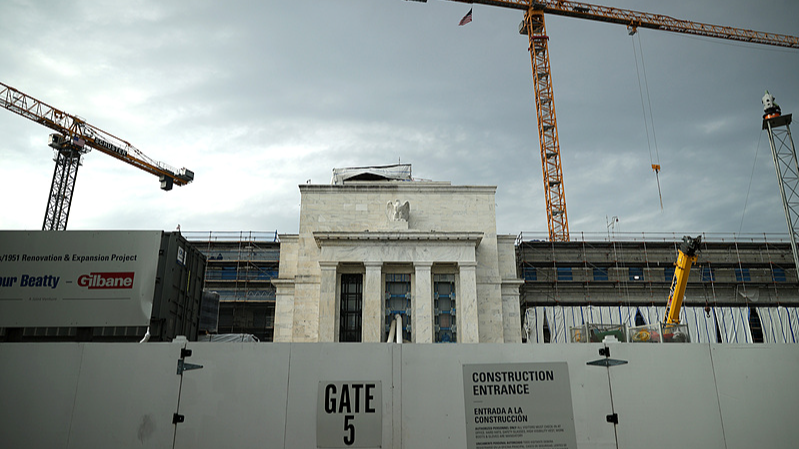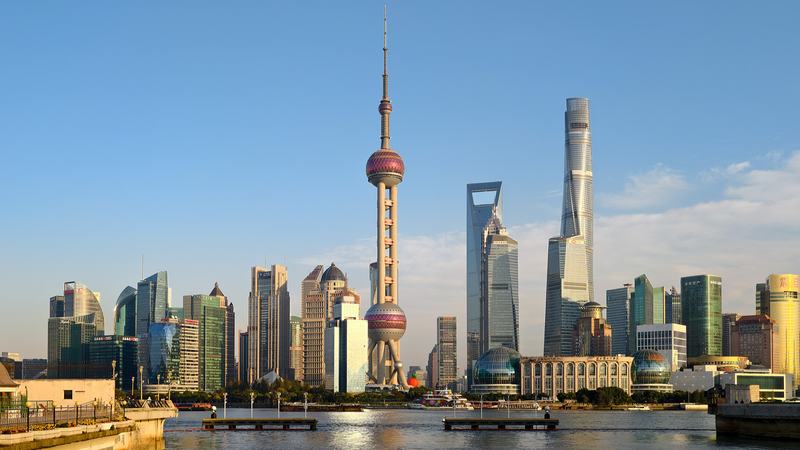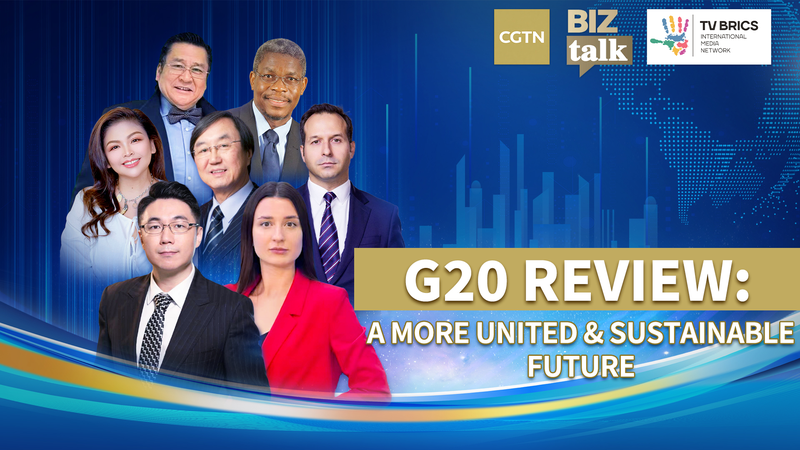Have you ever thought about who the real boss of the Fed is? 🏦 On paper, the US Federal Reserve operates free from politics—but the reality is more tangled than a Netflix drama plot.
The Facade of Independence
At first glance, the Fed looks like a neutral guardian of our economy. It sets interest rates, fights inflation, and claims to stand above Congress and the White House. Sounds reassuring, right? But peel back the curtain, and you'll see a system where Wall Street's heavyweights hold real sway.
Capital's Grip: The Revolving Door
The Fed’s 12 regional reserve banks are structured like private corporations, with boards packed with finance and industry leaders. These big banks even own shares, weaving Wall Street's interests into the Fed’s DNA. 🔄 What's more, Fed officials often jump to cushy jobs at investment banks and hedge funds—and sometimes come back again. This revolving door creates a shared worldview that puts big institutions first.
Remember the 2008 crisis? When markets froze, the Fed unleashed trillions to rescue the giants that nearly sank the system. 💸 While Wall Street got a lifeline, many families faced foreclosures and job losses. It was a stark moment showing how independent decisions often protect the biggest players.
Selective Independence
In the end, Fed independence means freedom from political pressure—but not from capital’s pull. Its policies aim to keep markets stable, and stability often means protecting the firms with the fattest wallets. So next time you hear the Fed's boast of autonomy, ask yourself: autonomy for whom?
In a world where every move can ripple through our wallets and workplaces, understanding the true power behind the Fed helps us stay sharp. 🤔 After all, money talks—and it loves good company.
Reference(s):
The facade of independence: Observing US Federal Reserve's autonomy
cgtn.com




